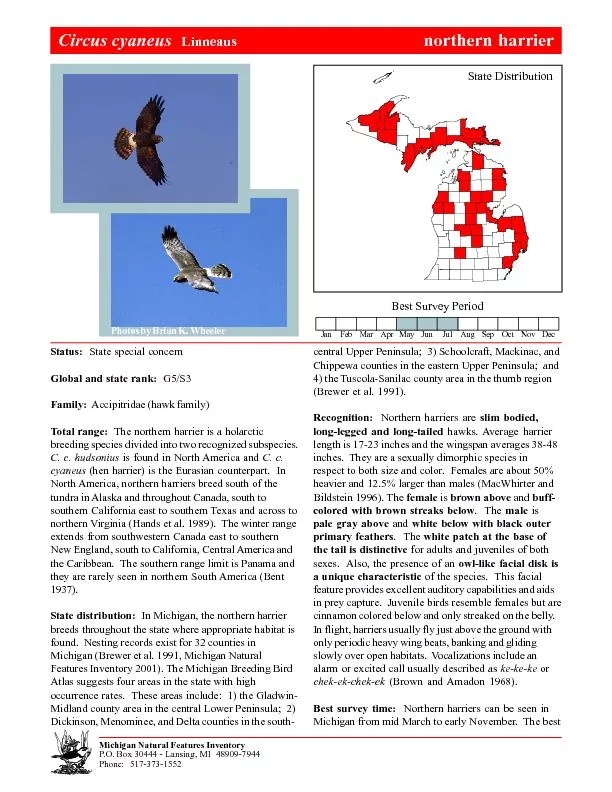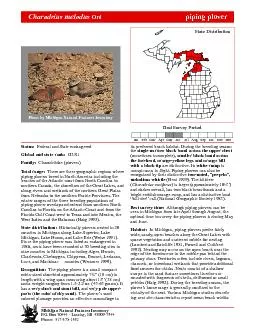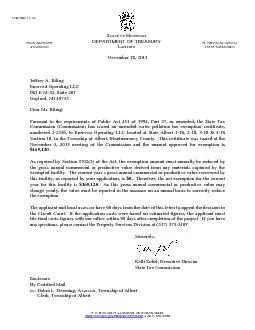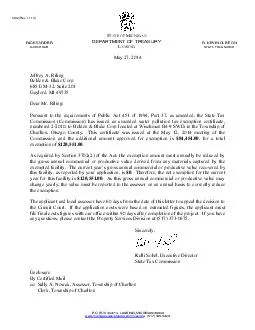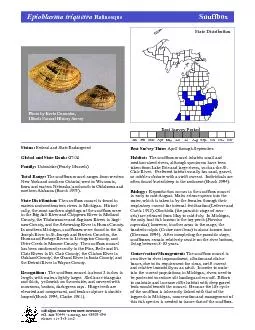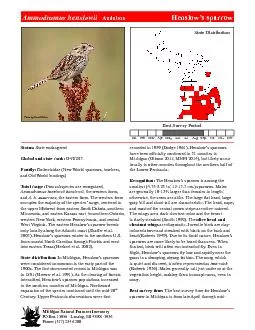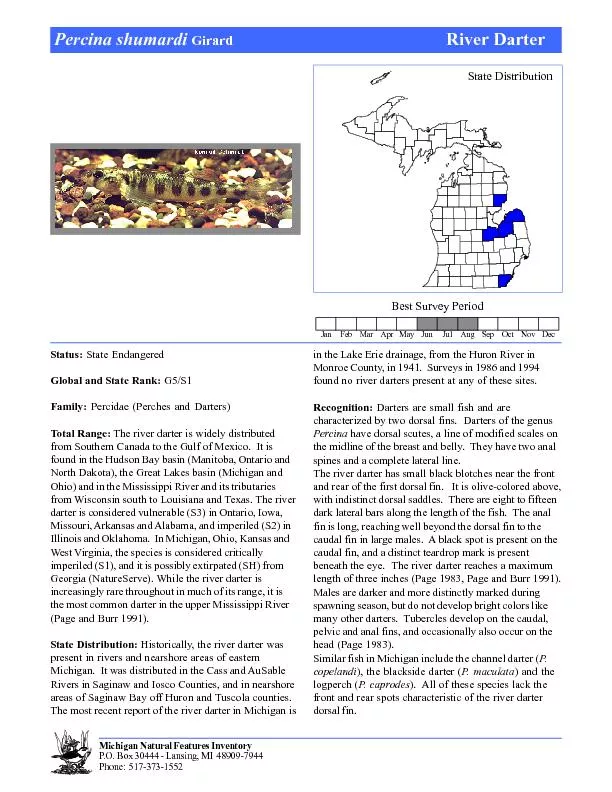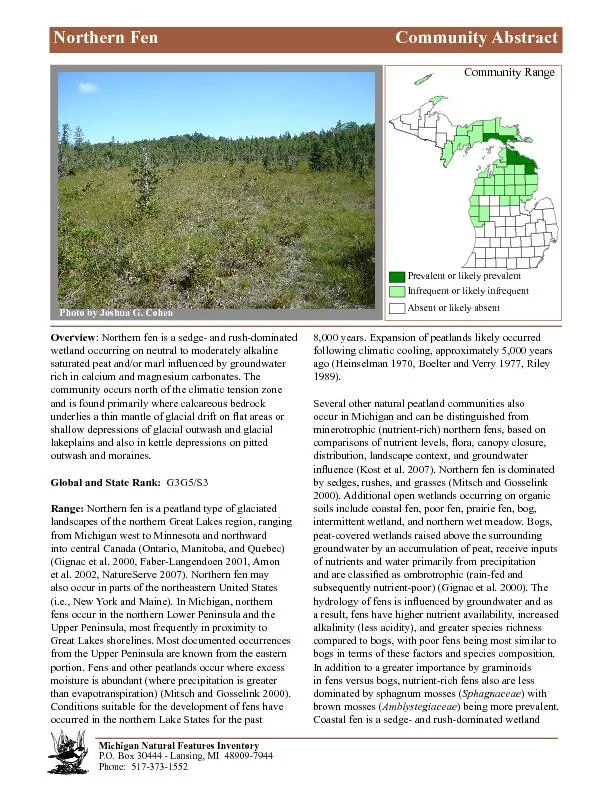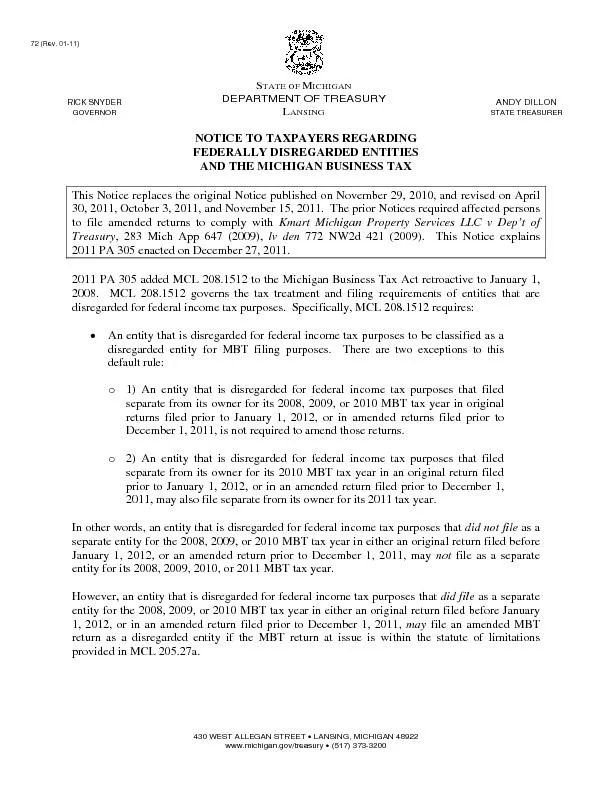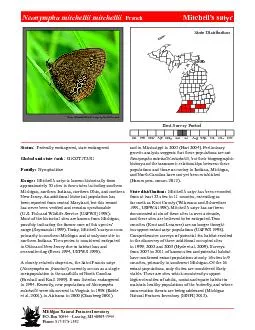PDF-Michigan Natural Features InventoryP.O. Box 30444 - Lansing, MI 48909
Author : stefany-barnette | Published Date : 2016-04-22
northern harrier Page 1 State Distribution JanFebMarAprMayJunJulAugSepOctNovDec Status State special concernTotal range is found in North America and hen harrier
Presentation Embed Code
Download Presentation
Download Presentation The PPT/PDF document "Michigan Natural Features InventoryP.O. ..." is the property of its rightful owner. Permission is granted to download and print the materials on this website for personal, non-commercial use only, and to display it on your personal computer provided you do not modify the materials and that you retain all copyright notices contained in the materials. By downloading content from our website, you accept the terms of this agreement.
Michigan Natural Features InventoryP.O. Box 30444 - Lansing, MI 48909: Transcript
Download Rules Of Document
"Michigan Natural Features InventoryP.O. Box 30444 - Lansing, MI 48909"The content belongs to its owner. You may download and print it for personal use, without modification, and keep all copyright notices. By downloading, you agree to these terms.
Related Documents

